Science Museum opens new gallery charting London’s historic development
Gitta Gschwendtner creates an abstract cityscape for permanent exhibition at the Science Museum that showcases London’s stratospheric evolution between 1550 and 1800
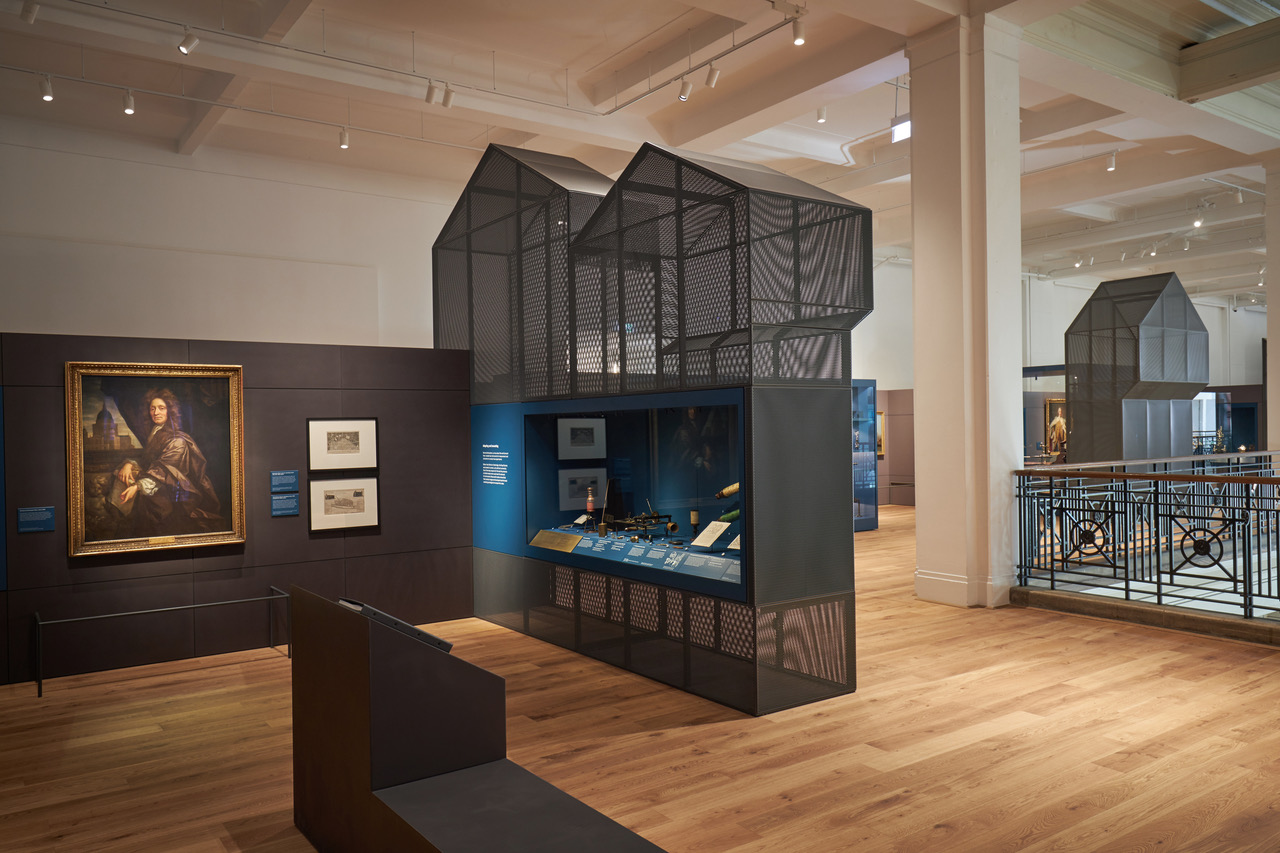
London is a city built on Science. It's where Dr Robert Hooke used his microscope to observe the smallest, previously hidden details of the natural world; where Sir Isaac Newton proposed the law of gravity and the three laws of motion; and where revolutionary construction machinery was used to build architectural icons such as Westminster Bridge. All of these advancements took place between 1550 and 1800 – a 250 year time period that was particularly transformative for London, when it grew from a modest commercial centre to major world city.
Its stratospheric development during this time is the focus of a new permanent gallery at the city's Science Museum. Realised as an abstract cityscape designed by Gitta Gschwendtner, the 650 sq m gallery charts the city's expansion through objects taken from three collections: the Science Museum Group Collection; King’s College London’s King George III collection; and objects and artworks lent by the Royal Society.
These objects, that include Hooke's microscope and Newton's Principia Mathematica, are displayed across a series of vitrines and room sets all housed within a neighbourhood of transparent mesh houses that offer glimpses into other parts of the exhibition.
‘The starting point for my research were drawings and etchings of London from 1550-1800, the time period of the exhibition,’ explains Gschwendtner. ‘The drawings show how London changes over the time, but also how building from different periods coexist alongside each other. Based on that research I have identified a few key characteristics and created a range of abstracted mesh houses.’
‘Not a single house in the exhibition is identical, they share similar characteristics, but amazingly we managed to create them all from an incredible jigsaw of unique punched panels.’
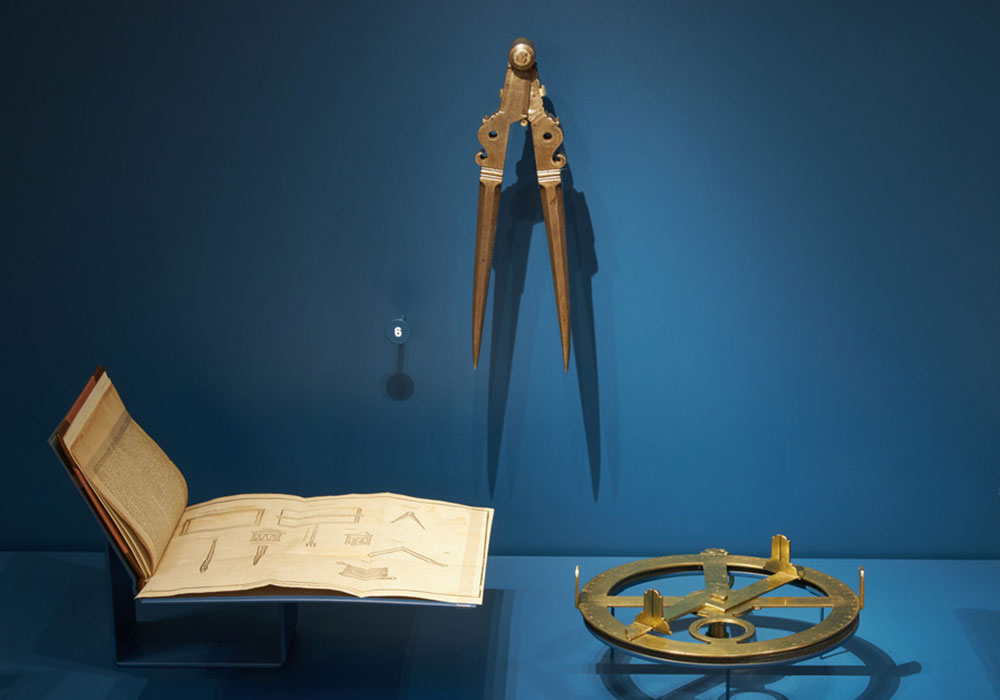
To reflect the growth of London during this time period, the exhibition's layout changes as visitors journey through its abstract streets. At the beginning, where objects from the 16th century are displayed, the layout is denser and busier with black mesh houses. These narrower houses with pitched roofs and stepped upper floors are a clear nod to the timber-framed buildings that lined the city streets in the 16th and 17th centuries.
Then gradually, as the visitor progresses into the 18th century, the layout becomes more minimal, changing from black to light grey to denote London's new status as a major centre of the empire. Here, the mesh house structures become more simplified, transitioning to flat fronted Georgian town houses.
The starting point for my research were drawings and etchings of London from 1550-1800
Objects and text are displayed throughout on a teal blue backdrop selected by Gschwendtner and the exhibition's graphic designer Martin McGrath. ‘The exhibition features a lot of brass and timber objects and teal blue seemed to work best at bringing out these materials,’ explains Gschwendtner. ‘We established that it would work well to showcase all content, be it objects, graphics or illustrations on a band of teal across all sections.’
Along the exhibition's grid of streets, visitors will come across a series of monochrome room sets designed by former Wallpaper* interiors editor Leila Latchin. Designed to illustrate the back stories of the real objects set within them, the perspective-bending rooms contain a large amount of historic information in a small amount of space.
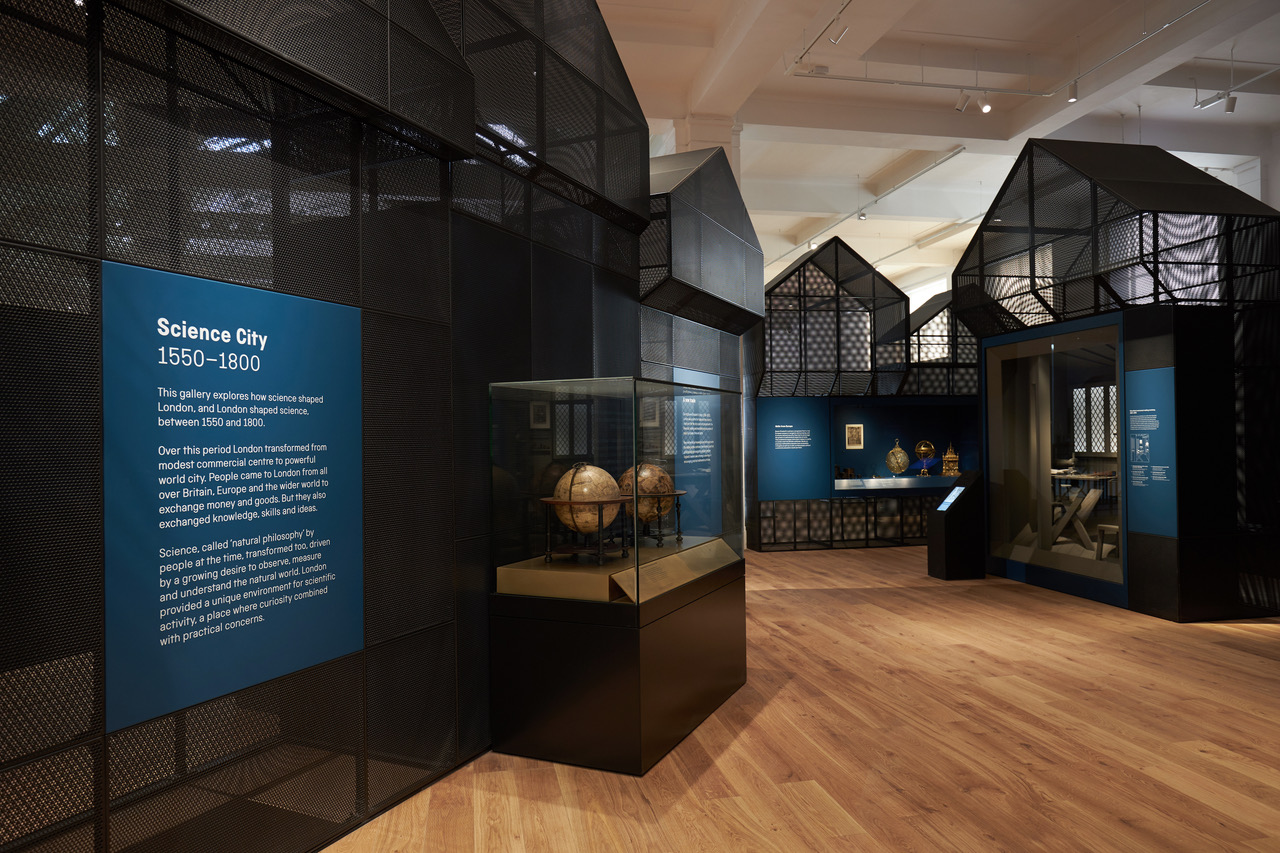
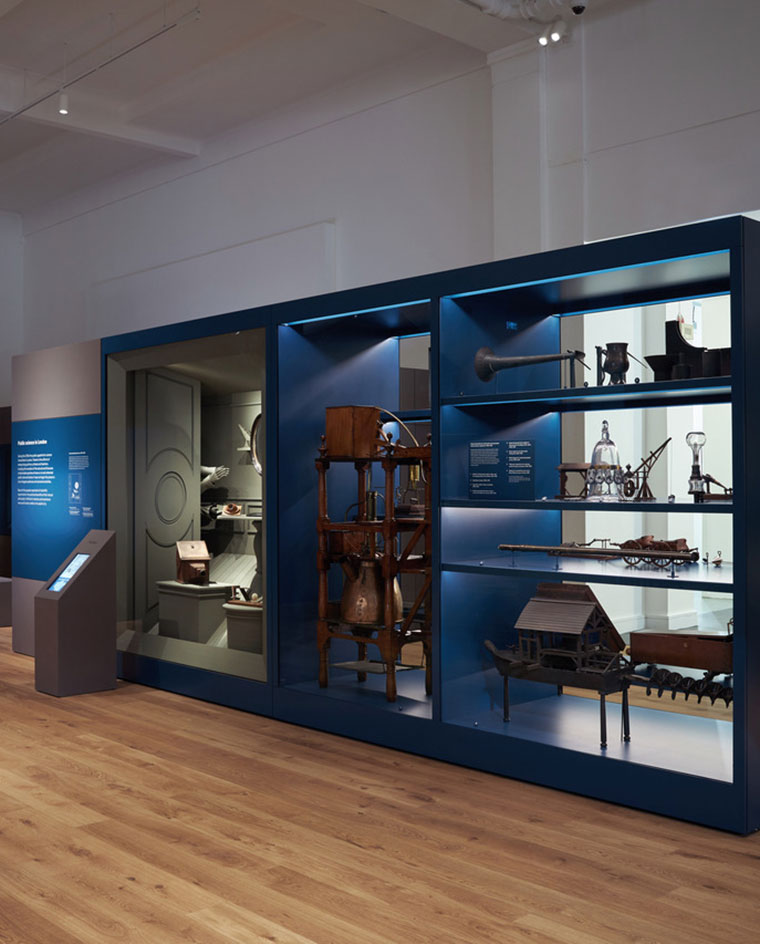
ADDRESS
Exhibition Rd
South Kensington
London
SW7 2DD
Wallpaper* Newsletter
Receive our daily digest of inspiration, escapism and design stories from around the world direct to your inbox.
Ali Morris is a UK-based editor, writer and creative consultant specialising in design, interiors and architecture. In her 16 years as a design writer, Ali has travelled the world, crafting articles about creative projects, products, places and people for titles such as Dezeen, Wallpaper* and Kinfolk.
-
 All-In is the Paris-based label making full-force fashion for main character dressing
All-In is the Paris-based label making full-force fashion for main character dressingPart of our monthly Uprising series, Wallpaper* meets Benjamin Barron and Bror August Vestbø of All-In, the LVMH Prize-nominated label which bases its collections on a riotous cast of characters – real and imagined
By Orla Brennan
-
 Maserati joins forces with Giorgetti for a turbo-charged relationship
Maserati joins forces with Giorgetti for a turbo-charged relationshipAnnouncing their marriage during Milan Design Week, the brands unveiled a collection, a car and a long term commitment
By Hugo Macdonald
-
 Through an innovative new training program, Poltrona Frau aims to safeguard Italian craft
Through an innovative new training program, Poltrona Frau aims to safeguard Italian craftThe heritage furniture manufacturer is training a new generation of leather artisans
By Cristina Kiran Piotti
-
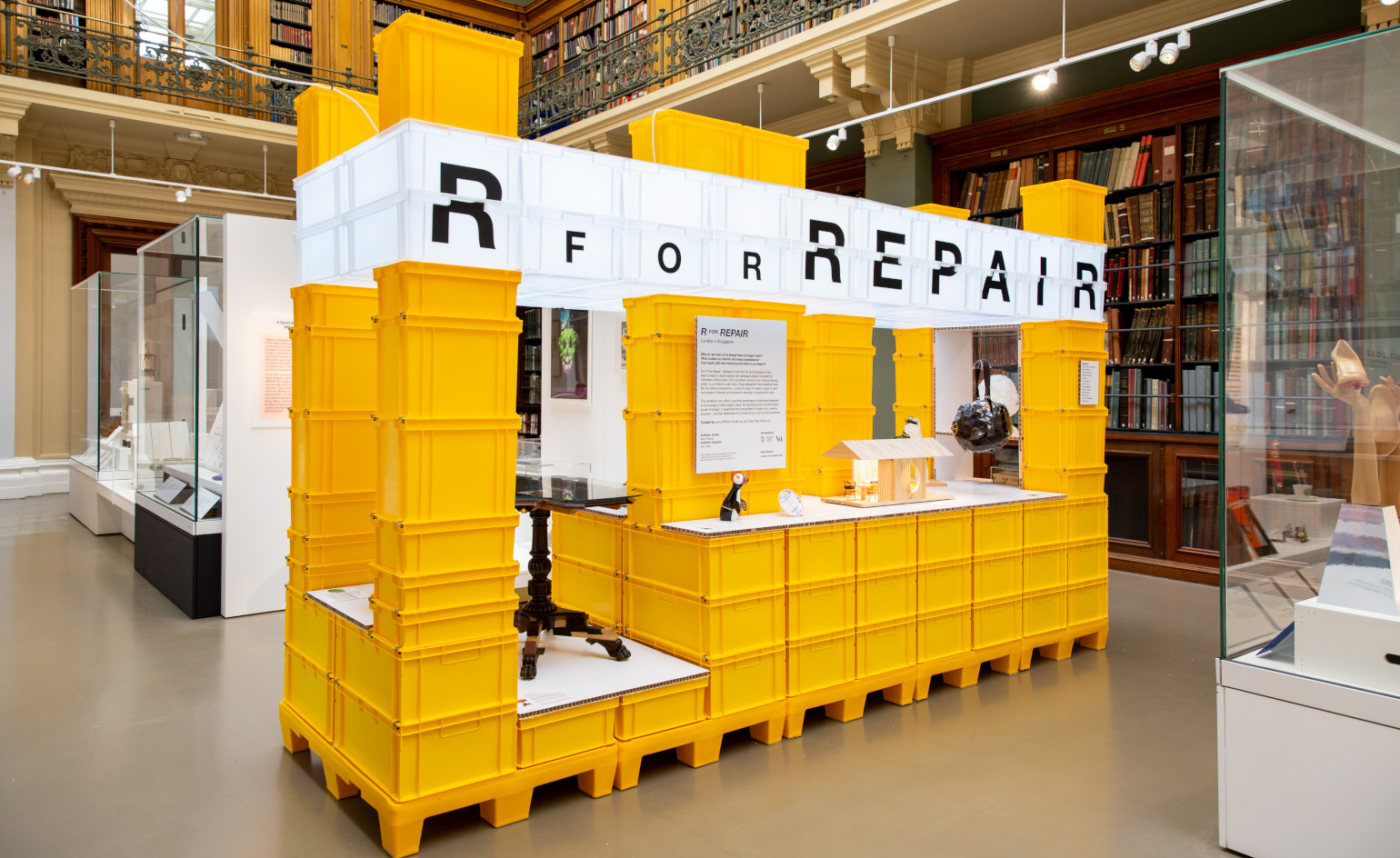 ‘R for Repair’ at London Design Festival displays broken objects, re-formed
‘R for Repair’ at London Design Festival displays broken objects, re-formedIn the second half of a two-part exhibition and as part of London Design Festival 2022, ‘R for Repair’ at the V&A displays broken objects, re-formed
By Martha Elliott
-
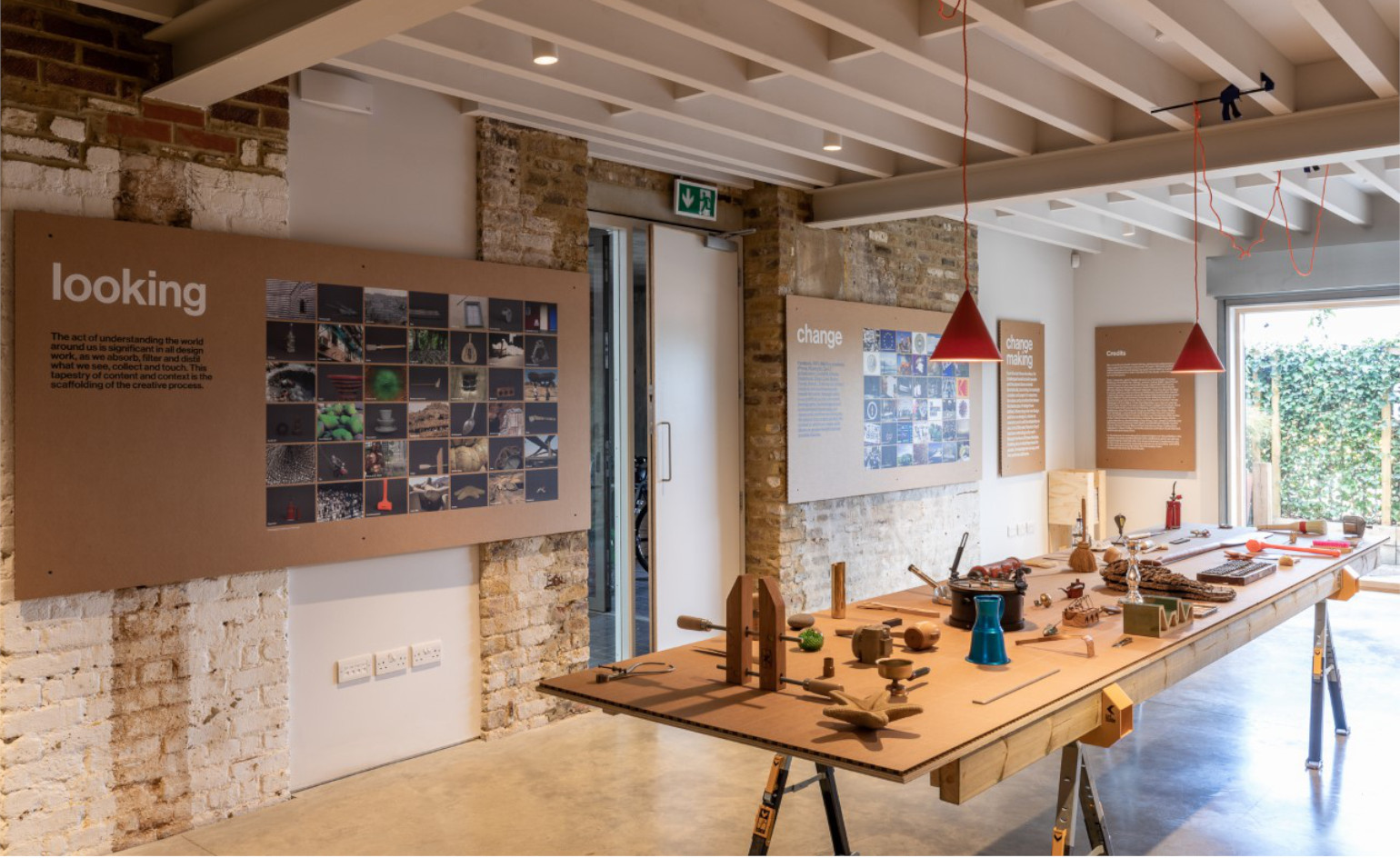 ‘Finding quality through the act of making’: Pearson Lloyd celebrates 25 years of design
‘Finding quality through the act of making’: Pearson Lloyd celebrates 25 years of designPearson Lloyd’s show ‘Change Making’ reflects on past designs from its archives, showcasing the influences on and evolution of the studio, from furniture design to the NHS
By Martha Elliott
-
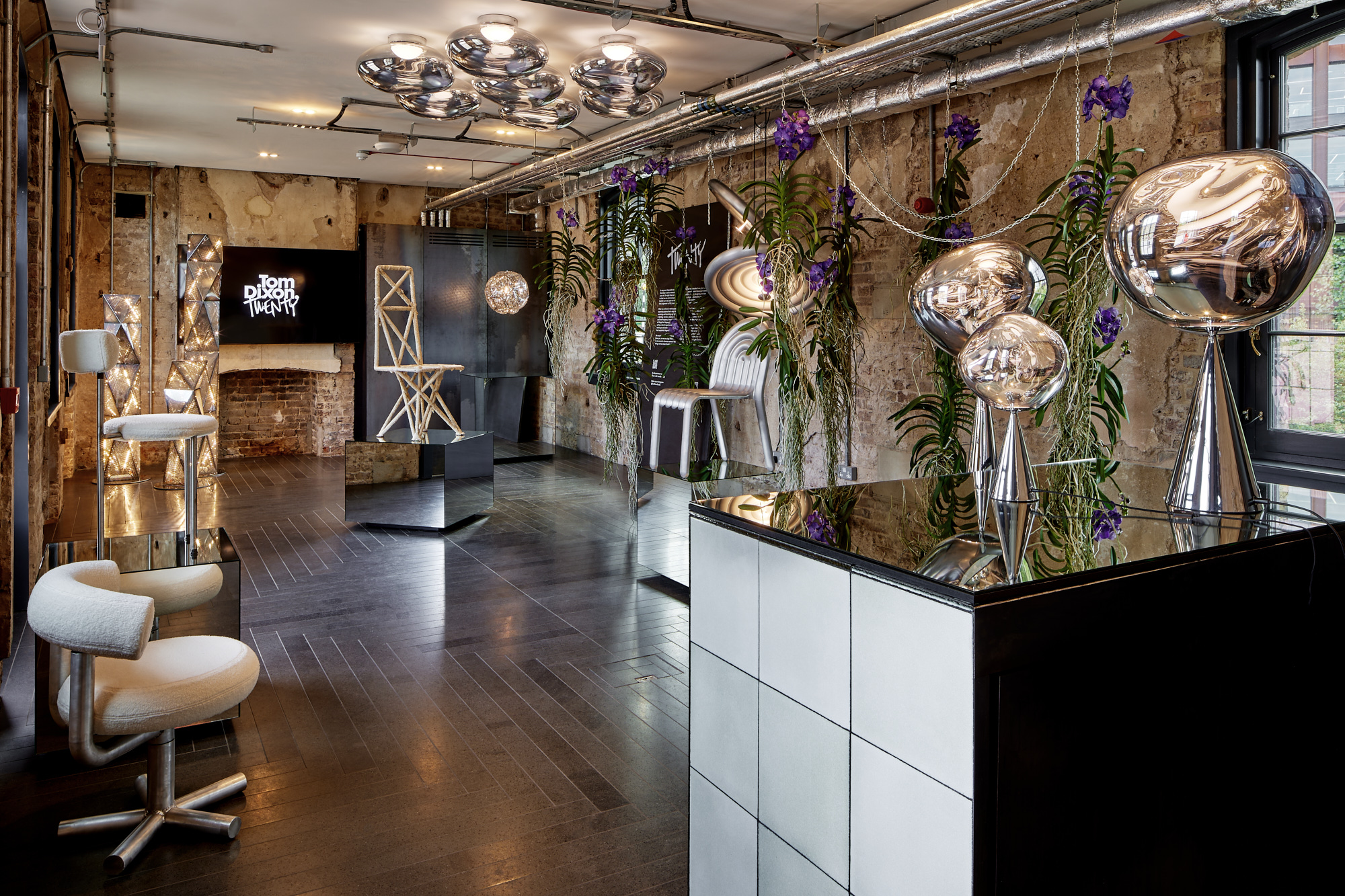 Tom Dixon marks his studio's 20 years with a show of design experiments
Tom Dixon marks his studio's 20 years with a show of design experimentsMushroom, cork, steel coral and more: Tom Dixon showcases an overview of his design experiments as he celebrates his practice's 20 years
By Rosa Bertoli
-
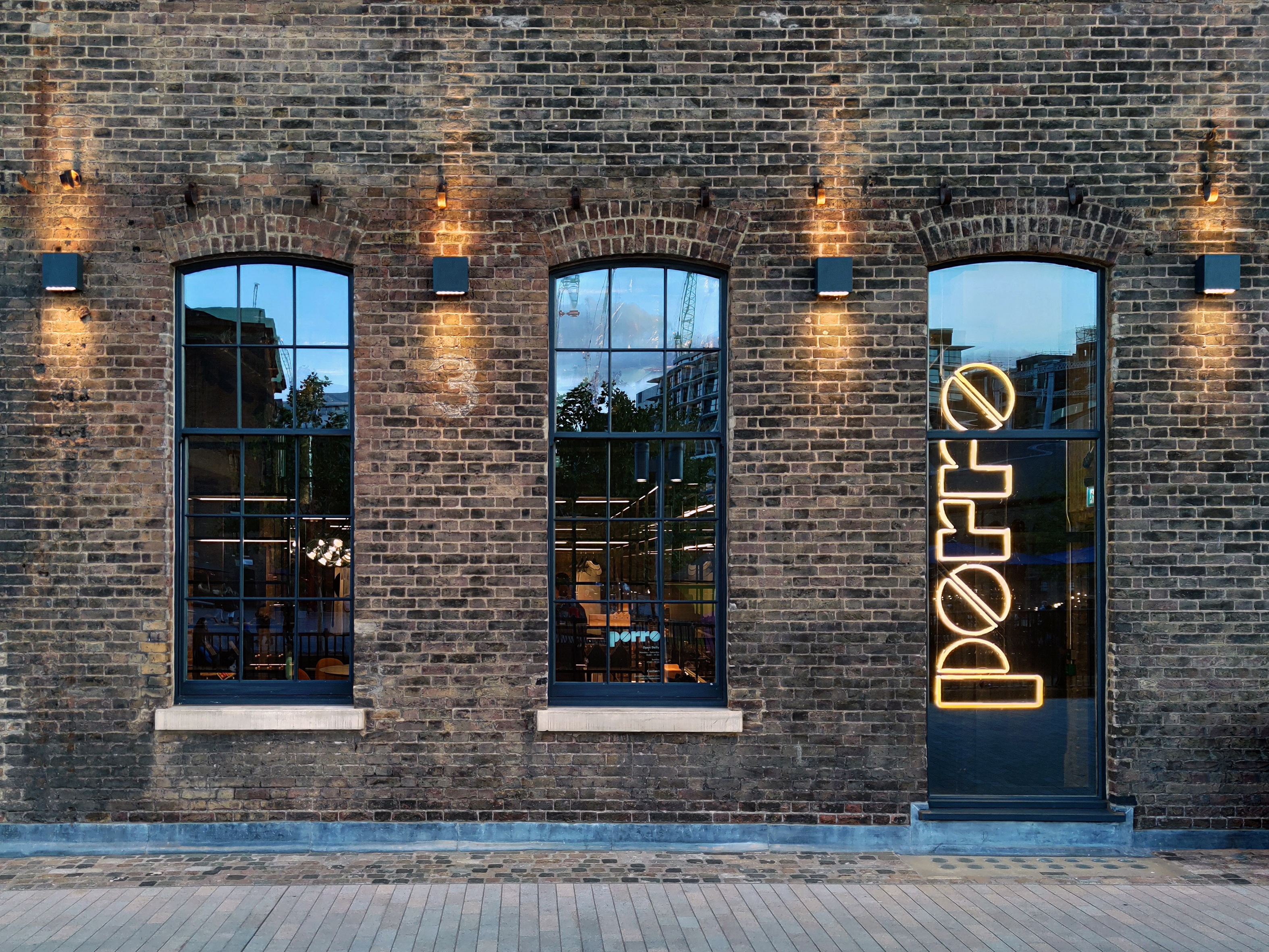 Porro unveils new London showroom at Coal Office
Porro unveils new London showroom at Coal OfficeLondon Design Festival 2022: industrial architecture meets pure geometries in the new Porro showroom, taking over a space within Tom Dixon’s Coal Office to showcase the brand’s systems and furniture
By Rosa Bertoli
-
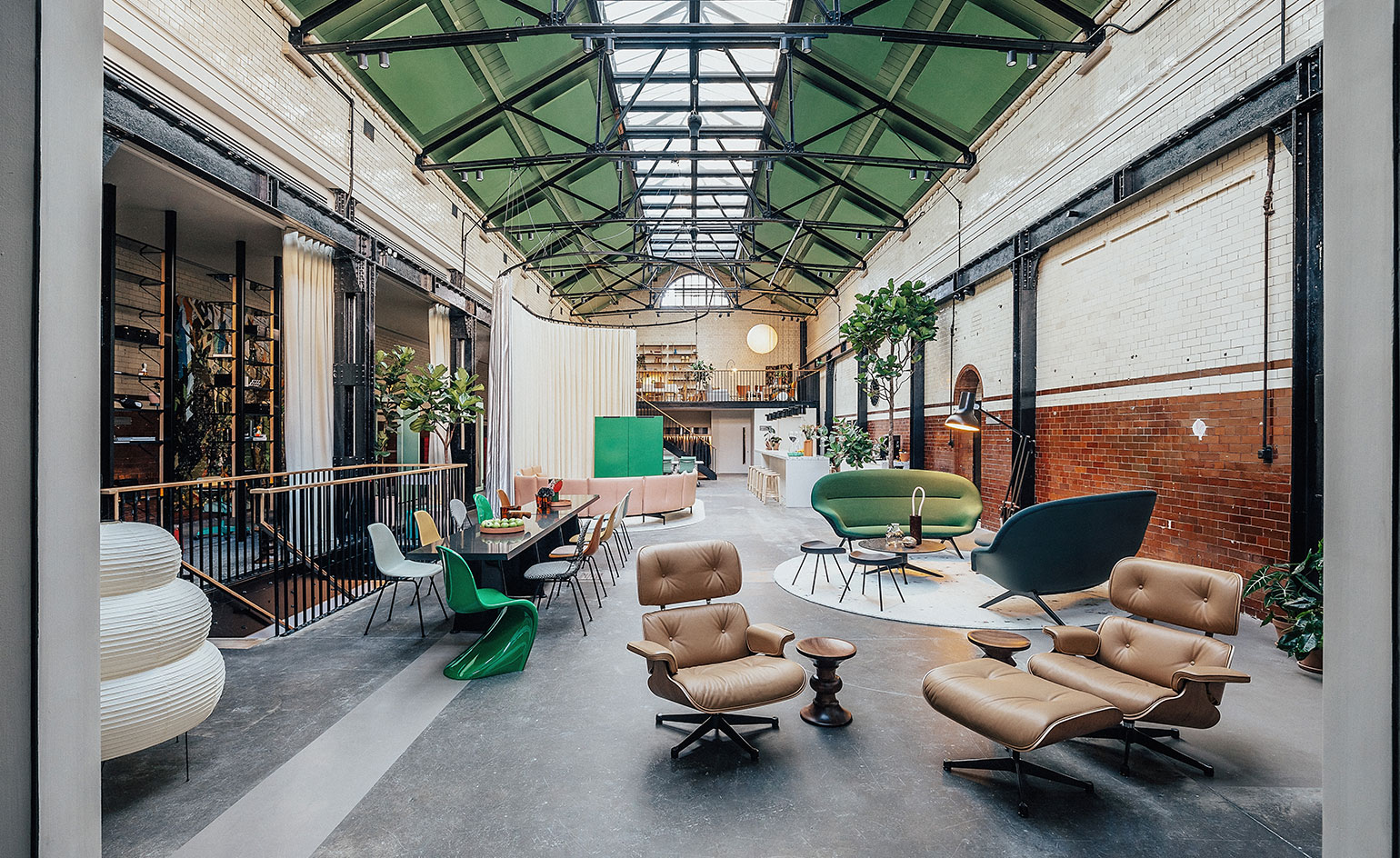 Vitra unveils new London home in the Tramshed, Shoreditch
Vitra unveils new London home in the Tramshed, ShoreditchLondon Design Festival 2022: after a year-long renovation, Vitra opens the door to its new showroom in the heart of Shoreditch
By Rosa Bertoli
-
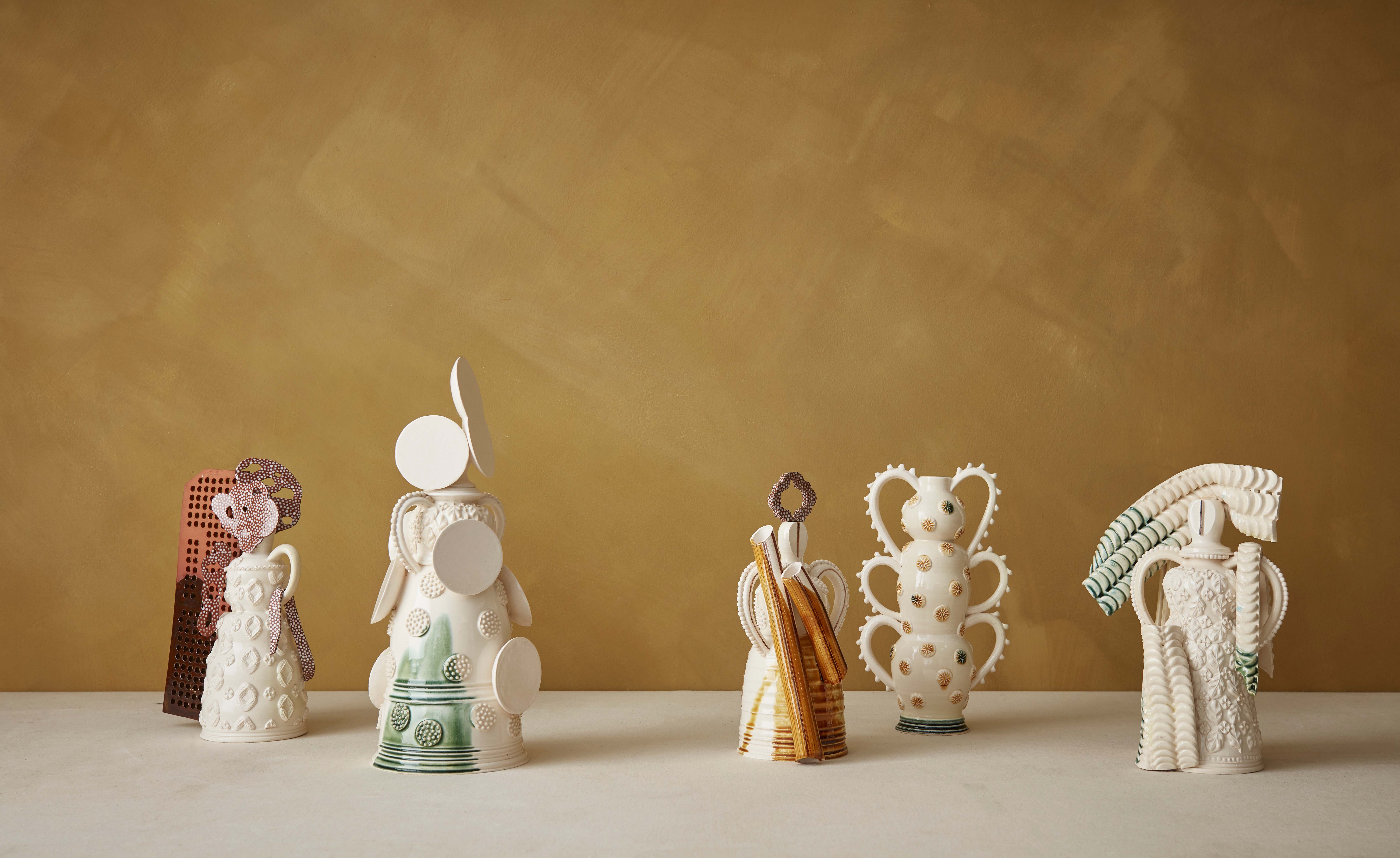 Mudlarking beside the River Thames inspires The New Craftsmen’s makers
Mudlarking beside the River Thames inspires The New Craftsmen’s makersLondon Design Festival 2022: The New Craftsmen’s new collection, ‘Claylarks’, features work from a group of creatives inspired by a River Thames mudlarking expedition
By Mary Cleary
-
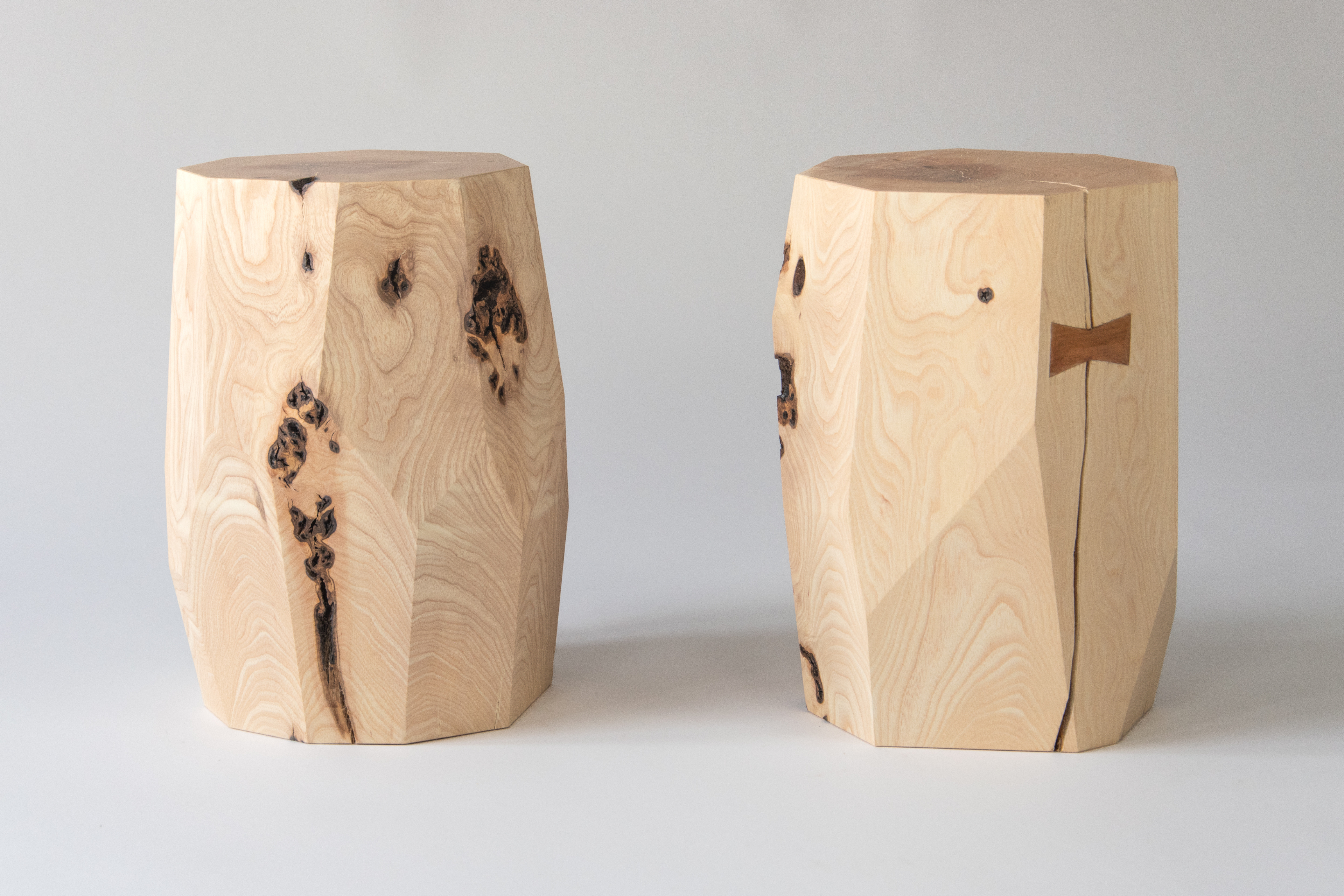 One tree, ten designers: SCP presents The One Tree Project at London Design Festival
One tree, ten designers: SCP presents The One Tree Project at London Design FestivalLondon Design Festival 2022: SCP enlisted ten British designers to create furniture and objects from a felled ash tree from founder Sheridan Coakley's Hampshire garden
By Francesca Perry
-
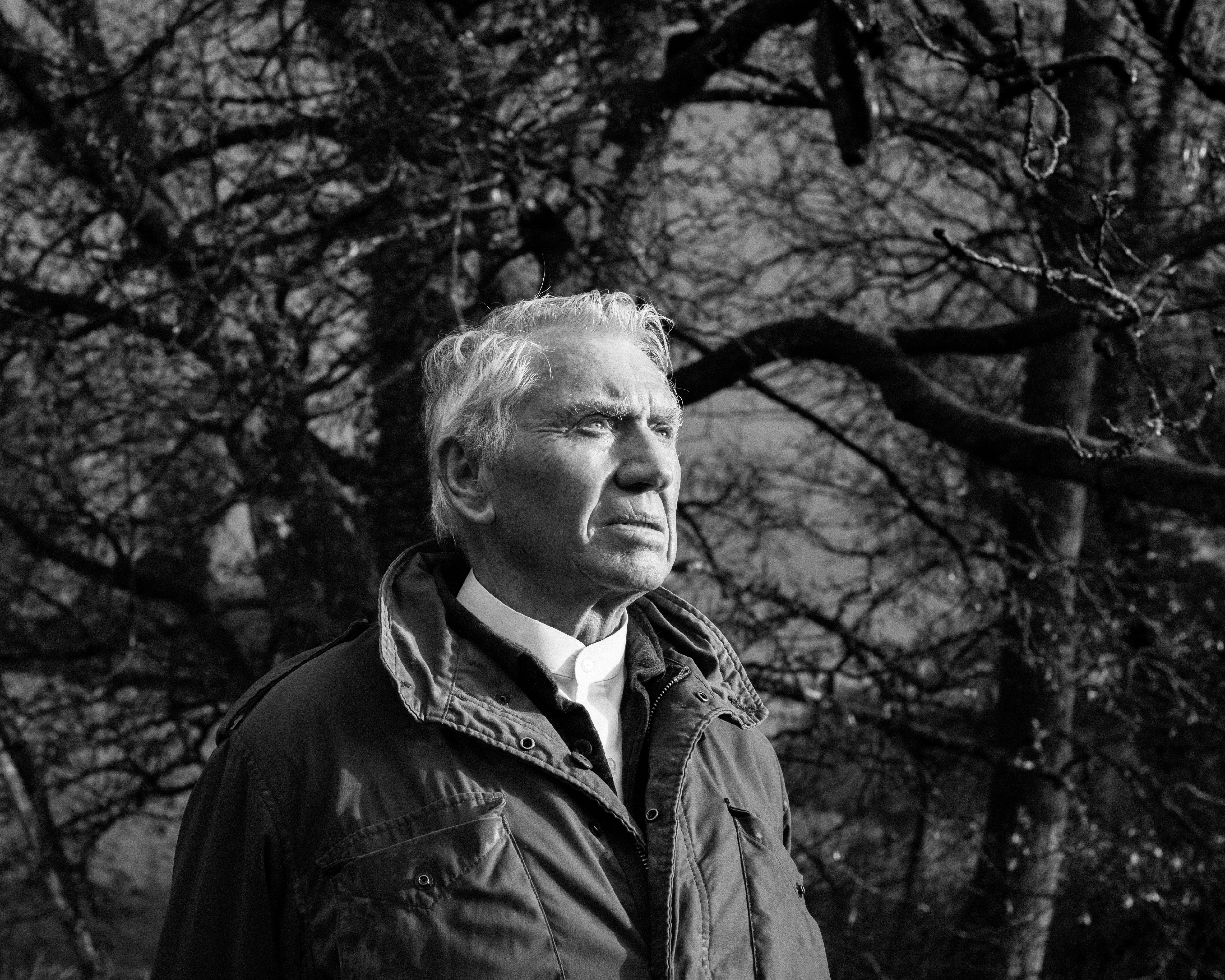 London Design Medals 2022
London Design Medals 2022London Design Medals 2022 are awarded to costume designer Sandy Powell, architect Indy Johar, researcher Joycelyn Longdon and photographer Sir Don McCullin
By Rosa Bertoli